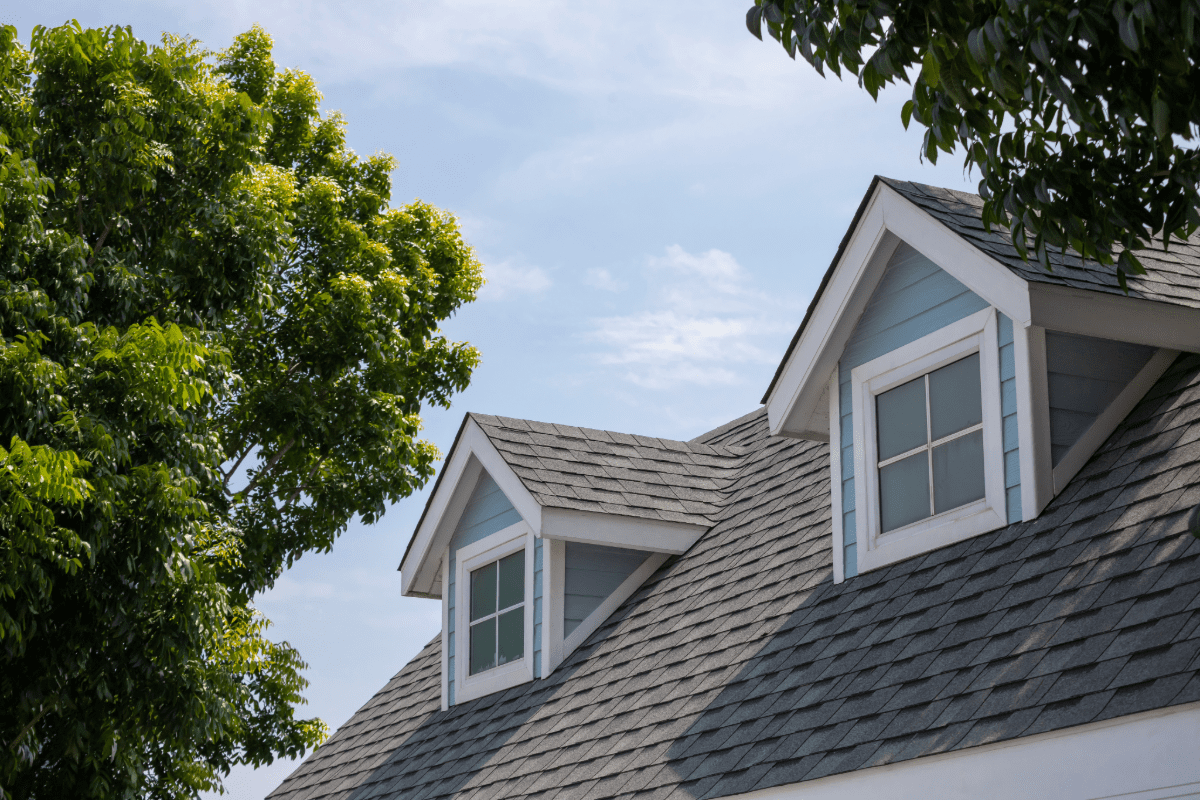
Lower Your Home Insurance Costs By Maintaining Your Roof
Maintaining your roof can save you money, while a roof that is not regularly maintained may lead to difficulty in obtaining coverage.
Ways you can prolong the life of your roof:
Invest in Maintenance
Identify issues early on so that they can be addressed promptly. Look for staining, lifting, cracking, missing or loose shingles, and damage from trees and moss growth, then promptly address the issues.
Seasonal Upkeep Can Prolong the Life of Your Roof:
- Keep gutters clean.
- Trim overhanging branches.
Proactive Roof Maintenance Matters
Investing in regular roof maintenance and using high-quality materials can help you avoid the inconvenience of unexpected repairs. Addressing minor issues and keeping your roof in good condition can extend its lifespan, prevent costly repairs and help maintain your home’s structural integrity.
Consider a Roof Replacement
The older your roof, the more susceptible it is to damage. While the average lifespan of some roofs is 20 years, roofs in severe hail-prone areas often must be replaced every 7 to 10 years.1 Replacing your roof could lead to peace of mind and lower premiums.
TIP: Keep records of roof repairs and replacements to track the lifespan of your roof.
Your Handy Roof Guide
Roofing materials can impact durability and insurance costs. Here are some pros and cons of various roof types.
Asphalt Shingles
PROS: Affordable, widely available, easy to install. Variety of colors and styles.
CONS: Moderate lifespan, may be prone to deterioration, decay and damage from extreme weather conditions.
Metal Roofing
PROS: Long lifespan, durable, fire-resistant, insect-resistant, rot-resistant, recyclable, energy-efficient.
CONS: Higher initial cost than asphalt shingles. Noisy during heavy rain or hail.
Wood Shingles or Shakes
PROS: Long lifespan, natural appearance, good insulation properties.
CONS: Vulnerable to fire, require regular maintenance (e.g., sealing, replacing damaged shingles).
Clay or Concrete Tiles
PROS: Durable, long-lasting, fire-resistant, energy efficient, available in various styles.
CONS: Heavy, may require additional roof support. More expensive than asphalt shingles.
Quick Quote Form
Categories: Blog
Tags: Home Insurance, Tips
